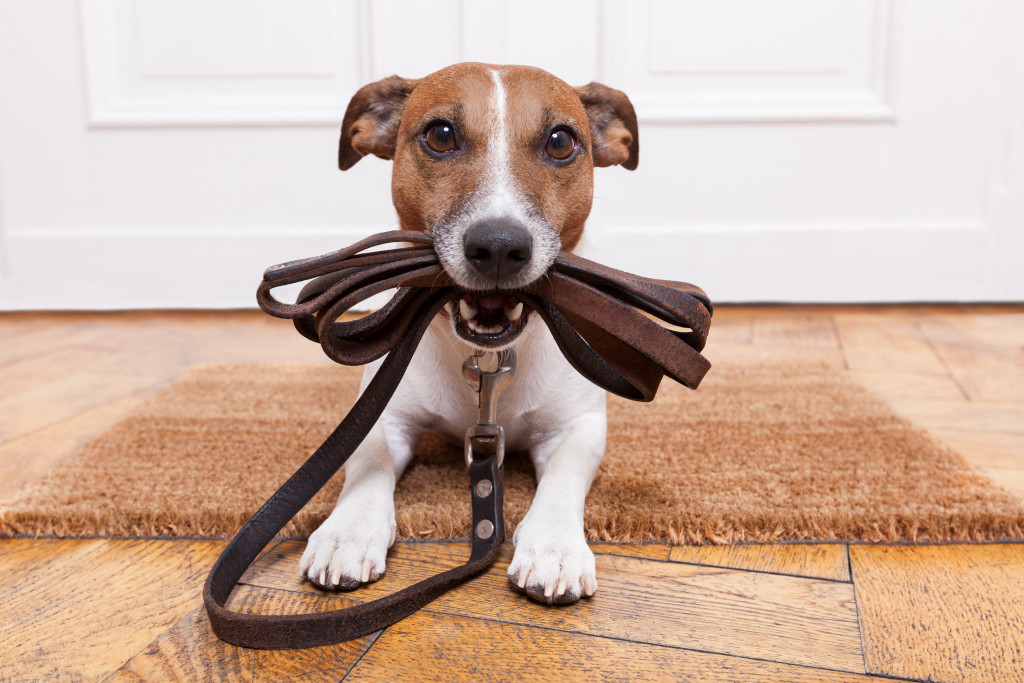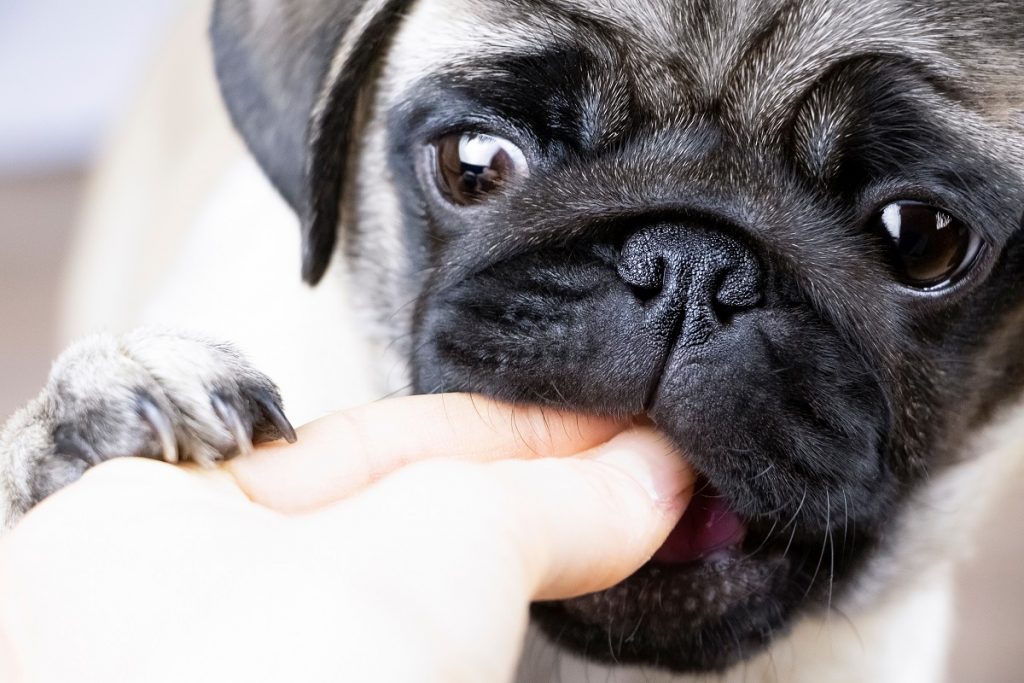Bringing home a new puppy to your home is like Christmas morning. Whether it’s from a shelter or a friend, a puppy will always bring happiness and joy into its new home.
Having a new puppy entails much preparation to make the transition to a new home easier and less stressful. If this isn’t your first puppy, then you might have some ideas about what to do. If this is your first, this guide will help you. From preparing your home to enrolling your puppy to a dog-training program, here is a comprehensive checklist to prepare your home and puppy:
1. Meet your family.
Unless you live on your own, you will have to inform your family about its latest addition. A puppy is a commitment, so everyone should be on board on what to do. Discuss the rules that everyone will agree on. Will the puppy be allowed on the couch? Where will the puppy sleep? Are there rooms that should be off-limits? Having the rules sorted out early on will avoid confusing your puppy. You can also plan and agree on the name of the cute little tyke.
2. Stock up on your supplies.
Stock on some puppy necessities so that your puppy can settle in comfortably. Here are some of the items that you should have ready.
- Crate
- Sleeping bed
- Food and water bowl
- Puppy food and treats
- Toys
- Collar and leash
- Stain and odor removing
- Dog gates
3. Prepare your home.
Puppies love to chew. It would be prudent to chew-proof your home before the little rascal comes. Here are some ways to puppy-proof your home.
- Keep electric wires out of reach.
- Move poisonous indoor plants out of reach.
- Cover all vents.
- Move all chemicals out of reach.
- Put away craft and sewing tools.
- Clean away all antifreeze.
- Keep all sharp tools out of reach.
- Keep laundry and shoes in a safe place.
- Keep medications, cosmetics, and toiletries out of reach.
You can also create a temporary gated area for the new puppy. This will prevent the puppy from creating a mess when you are not with him.
4. Plan the trip home with the puppy.
Your puppy might feel distressed on the way home. Ask someone to drive for you or to sit next to the puppy. It will help make the ride easier if someone is there to soothe him.
If your puppy is used to a crate, you can use one on the way home. Just ensure that it is secure and of comfortable size.
Now that you have gone through the first stages, your puppy is finally home. The following steps are critical in creating a great first impression on your new pup.
1. Keep it calm.
Going to a new home and meeting new people can be overwhelming for the puppy. Keep things mellow and calm. Do not invite visitors over for the first few days. Give the puppy time to adjust and settle in.
2. Introduce the puppy to his bed or crate.
Bring your pup to his bed and crate. You can put treats in the box and let him sniff at the treats. Boxes are an essential tool in potty training your puppy, so invest in a high-quality crate that is big enough for your puppy to stand and turn around.
3. Begin your training as soon as he steps a paw in your home.
You can be tempted to coddle your pup, but it is essential to be firm with him on your rules. The earlier you teach puppies good manners, the better. Set up a schedule and routine. An established routine can make house training easier. Establish a plan for walks, exercise, bathroom breaks, and meals.
Training your puppy can be difficult, and it will require lots of patience. Accidents can happen, so be prepared to clean and mop your floor while your puppy’s training is ongoing.
4. Apply for a dog license.
If your puppy is six months old and up, you will need to apply for a dog license.
5. Enroll in a dog-training program.

Enroll your puppy in an in-home dog training program. Dog training will teach your puppy compliance and establish obedience at an early age. Your puppy will feel more comfortable in an in-home training than in the usual obedience class. This allows your puppy to focus on his training without the distraction of a new environment. An in-home dog training also enables you to see issues with your puppy’s behavior.
6. Visit a vet.
A visit to the vet for a general exam should be in your list of activities within days of bringing your new puppy home. Take some effort to make the experience comfortable so that your puppy will not fear his future trips to the vet.
In between all these, make sure to bond with your new puppy. Show him love, affection, and schedule playtime. Strengthening and nurturing your bond is beneficial to both of you.




